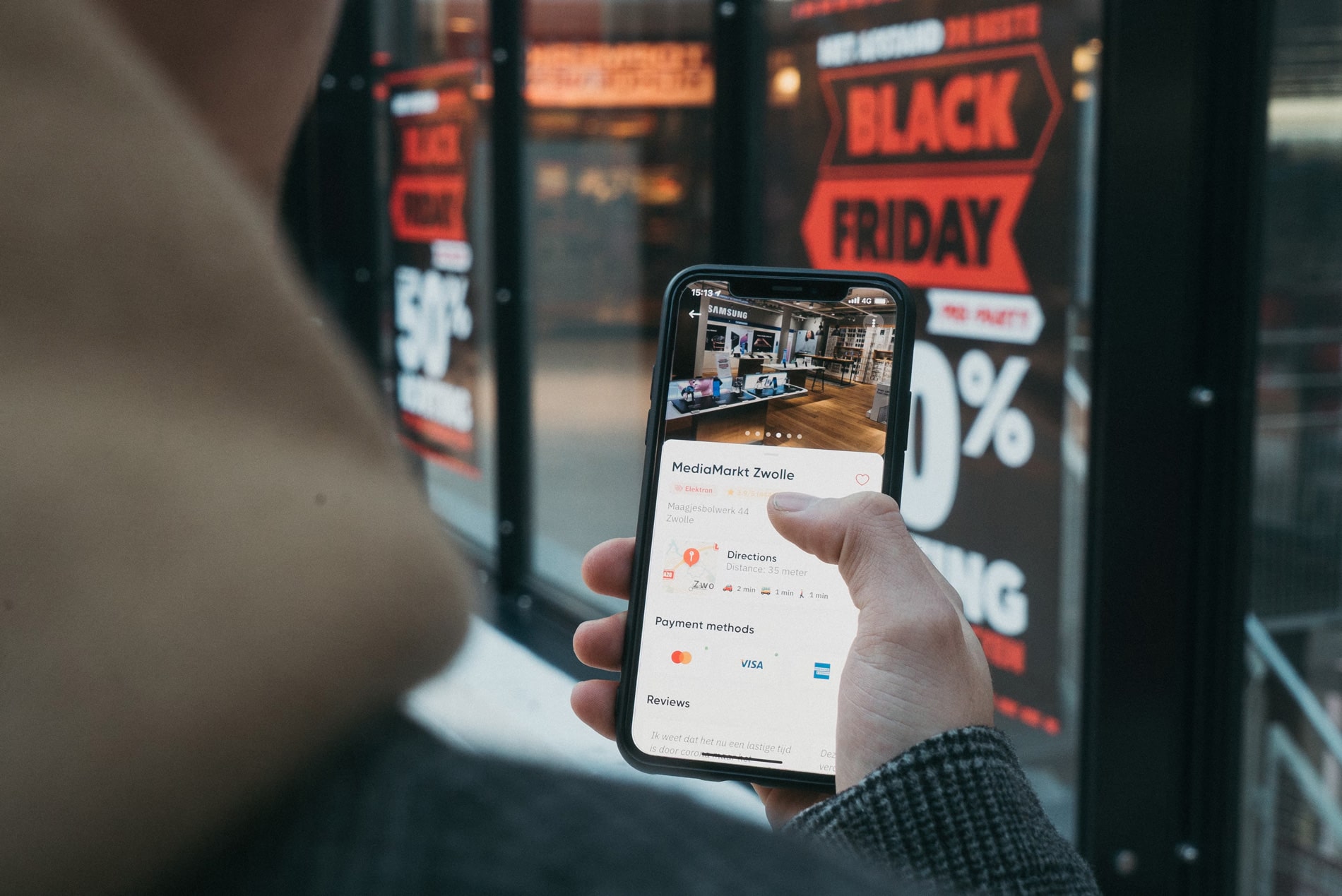Whether you’re a salesperson, a marketer or an entrepreneur, understanding the psychology of buying is as important as understanding your product or service. It’s the key to unlocking the secrets of consumer behaviour and tailoring your approach to match their needs.
Essentially, the psychology of buying is about understanding what drives people to make purchasing decisions and how you can leverage this knowledge to your advantage.
Now, I’m no psychologist, but it doesn’t take a neurosurgeon to understand the basics of psychology, and it’s a fundamental skill that people don’t often possess. Not because they don’t understand it, but because they either haven’t bothered to learn about it OR they haven’t tuned into one of the most powerful emotional structures that a salesperson can have – empathy.
So let’s have a quick look at how we can go about understanding the basics, and how we can implement them to enhance our abilities and increase our customer’s satisfaction.
The Emotional Rollercoaster of Buying
As I mentioned, one of the core aspects of consumer psychology is the role of emotions in the buying process. Contrary to popular belief, people don’t always make rational decisions when it comes to buying. Emotions play a significant role, often guiding our choices more than we realise. Humans are, after all, emotional creatures. Even the most hardened, cut-throat CEO has a soft emotional underbelly.
Think about the last big purchase you made. Was it a carefully calculated decision based on a comparison of features and prices, or did your emotions come into play? Maybe you fell in love with a product because it resonated with you on a deep, emotional level. Perhaps you were swayed by a persuasive marketing campaign that tugged at your heartstrings.
As a business, understanding the emotional aspects of buying can be a big differentiator between you and your competitors. By tapping into your buyer’s emotions, you can create marketing campaigns, pitches, or product stories that resonate with them on a deeper level. Whether it’s nostalgia, fear of missing out (FOMO), love, fear, or the desire for social status, emotions can be a powerful motivator for buying.
Building Trust Brick by Brick
I’ve mentioned before in my article about storytelling that trust is a big part of selling. consumers are more likely to buy from brands they trust, and building trust should be a top priority for any business. But trust isn’t something that can be bought or forced – it has to be earned.
Trust can sometimes be confused with credibility. Certainly, you need to be credible for someone to trust you, but credibility is just one of the steps that we need to take on the path to building trust.
Let’s talk about credibility. How do we build it? Use testimonials, case studies, and reviews to showcase the positive experiences of your past customers. Highlighting your expertise in your field can also go a long way towards building credibility. When consumers see that you know what you’re talking about, they’re more likely to trust you.
The Power of Social Proof
One of Humankind’s most powerful characteristics is the fact that we are social animals, and we often look to others for guidance, especially when making decisions. This phenomenon is known as social proof, and it can be a potent weapon in your sales and marketing arsenal.
Think about the last time you were unsure about a purchase. Did you look up reviews online to see what others were saying? Or maybe you asked friends or family for their opinions. Social proof comes in many forms – from online reviews to celebrity endorsements – and it can significantly influence a consumer’s decision-making process.
As a business, you can leverage social proof by showcasing positive reviews and testimonials from satisfied customers. Highlighting the popularity of your products or services can also create a sense of FOMO, encouraging consumers to purchase before it’s too late.
Almost sounds a bit manipulative, right? Well, it is and it isn’t. Yes, we need to understand how a person’s mind works and use that insight to our advantage, but as long as we aren’t selling people lies, faulty products, scams, or anything that might otherwise damage them, then no harm no foul.
Escaping the Decision-Making Maze
Consumers often make decisions based on a combination of rationality and emotion, and despite us being inherently emotional, we can’t ignore the logical mind. If it doesn’t make sense to purchase something, then your customer simply won’t. Either that or they’ll end up with a hefty dose of buyer’s remorse after the fact which isn’t good for you and is especially not good for them.
The paradox of choice is another factor to consider. Too many choices can lead to decision paralysis, where consumers are unable to make a decision due to the overwhelming number of options. Simplifying the decision-making process for your buyers can help alleviate this issue and make it easier for them to choose a product or service.
Likewise, making your product or service too complicated to the point where the customer abandons their buying journey can also be a big hindrance. Try to make the information about your product or service as accessible and easy to understand as possible. I touched on this in my article on storytelling.
Personalisation: Making It All About Them
Personalisation is another big part of the psychology of buying. Consumers today expect personalised experiences tailored to their individual needs and preferences. By leveraging data and analytics, businesses can create customised offerings that resonate with their target audience.
Personalisation goes beyond just addressing your customers by name in an email. It’s about understanding their needs and preferences and offering solutions that meet those needs. Whether it’s recommending products based on past purchases or providing targeted offers, personalisation can significantly impact a consumer’s decision to buy.
A great example of this is a service like Netflix or Uber Eats. Netflix will recommend shows or movies to you based on your watching history, and Uber Eats will recommend restaurants or dishes to you based on what you and other people have typically ordered.
The Power of Storytelling
Yes, I know. I keep going on about storytelling. No, I won’t stop so don’t even ask. Storytelling is a powerful tool for engaging consumers and persuading them to make a purchase. Stories have the ability to evoke emotions and create a memorable experience for buyers, making them more likely to remember your brand. That’s just a matter of fact.
When crafting your brand story, focus on creating a narrative that resonates with your target audience. Highlight your brand’s values and mission, and show consumers how your products or services can improve their lives. By connecting with consumers on an emotional level, you can create a lasting impression that goes beyond just making a sale.
One nifty trick that I have relied on in the past is telling the buyer a story as though it’s about them. Sounds pretty obvious, right? It is, but we all too often tell stories about other people which can make it difficult for the buyer to resonate with. Remember – it’s all about them!
Understanding Your Buyer
At the end of the day, everything boils down to being able to understand and actually empathise with our customers. We need to be able to pick up on signals, and verbal and non-verbal cues they are giving us. Most importantly, we need to create emotional resonance with them.
Don’t take it from me though, there is a wealth of resources out there that will offer even more insights such as these:
Harvard Business Review: Who Really Does The Buying?
Corporate Visions: Buyer Psychology
Psychology Today: Consumer Behaviour






